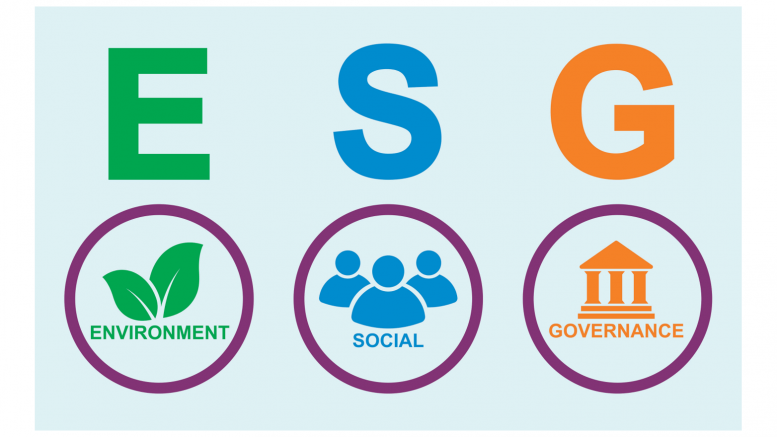The whole Environmental, Social, and Corporate Governance (ESG) agenda is a hoax.
I am sure that caught your attention! ESG is being overstated in every forum and conference.
The pressing thought behind it is to tackle climate change issues. Greta Thunberg is a well known environmental activitist that has brough the climate change discourse to our living rooms and in leadership conferences. But wait, isn’t climate change a natural occurrence? Bjørn Lomborg, a Danish author and the President of the think tank Copenhagen Consensus Center, best known for his renowed work ‘The Skeptical Environmentalist’ has been lambasting the so-called false narrative on climate change. In his recent book ‘False Alarm’, Bjorg makes a case of how the panic over climate change is costing us trillions, is hurting the poor, and does nothing much to fix the planet.
Keeping the debate aside for a moment, there is no denying that climate change is changing our world and impacting us in myraid ways. The ESG framework is a strong tool that can be effectively leveraged by organisations to show their commitment towards making this planet a better place to live.
Let us look at three different ways in which organisations can strengthen their ESG presence.
Way to create a strong ESG presence
#Developing the right strategy
The 2022 Edelman Trust Barometer report revealed that 88% of institutional investors subject ESG issues to the same level of scrutiny as operational and financial considerations. It also showed that 64% of respondents base their investments on a company’s beliefs and values, and that 60% consider corporate beliefs and values when choosing a place to work . Establishing clear, achievable goals, setting aside a budget, building the roadmap and having a sustainability council that oversees the company’s progress are some ways to get started in putting in place a strong impactful ESG strategy.
#Integrating ESG within the business
Integrating ESG principles into your business strategy by finding a common ground where sustainability and profitability go hand in hand will empower your organisation to create value for its stakeholders while leaving a positive impact on society and the environment. This calls for innovative thinking and having a long-term approach. It is about adopting new technologies that can lower carbon emissions. It is about having the courage to adopt new business models and not worry about the sunken cost over something that did not work out. Bottom line – working towards ESG requires a shift in how business is done.
#Developing the right narrative
Whereas the whole ESG agenda is commerically driven to improve the overall planet and still focus on the bottom line, it is the corporate communicators who hold the mantle for developing the right narrative. In close collaboration with internal ESG team, communicators can give shape to a powerful narrative that not only showcases the company’s journey across the ESG spectrum, but also espouses the case for transparency and authenticity. Ensure that the right data is shared on a continuous basis. Investor conferences, financial and annual reports, and internal communications can be leveraged to share your company’s ESG vision and progress. The Business responsibility and sustainability reporting (BRSR) mandated by SEBI is another strong channel for communicators to showcase the ESG landscape.
The cost of climate change
The cost of dealing with climate change is enormous. It requires huge amount of financing. At the recent meeting of the G20 expert group on multilateral development banks (MDBs), leading economist and co-cjair Mr NK Singh made a strong case for partaking a part of CSR resources towards funding of climate action in the country. In fact, Mr Uday Kotak, Chair, B20 India Task Force on Financing for Global Economic Recovery went out of his way to say, ‘Out of 2% for CSR funds that cos contribute, 0.2% could e our contribution to global acceleration fund (for social development). According to Mr Singh, ‘this would be a very powerful demonstration of harnessing public, private partnership for overall social good.’
But Bjorg says, this amount can well be spent on dealing with like education, immunisation, and poverty. And to ofcourse, focus on strong policies that will be more, faster, cheaper, and more effective in dealing with reduction of carbox dioxide emissions. For example, better water management, access to better crop varieties, and opportunities to help people move out of poverty.
The debate is right out there. There will be naysayers and there will be those who will devote their lives to mitigating climate change. Whichever side you are on, pushing for a strong ESG roadmap and framework is the way of the present and the future.
The views and opinions published here belong to the author and do not necessarily reflect the views and opinions of the publisher.



Be the first to comment on "Three ways to create a strong ESG presence"